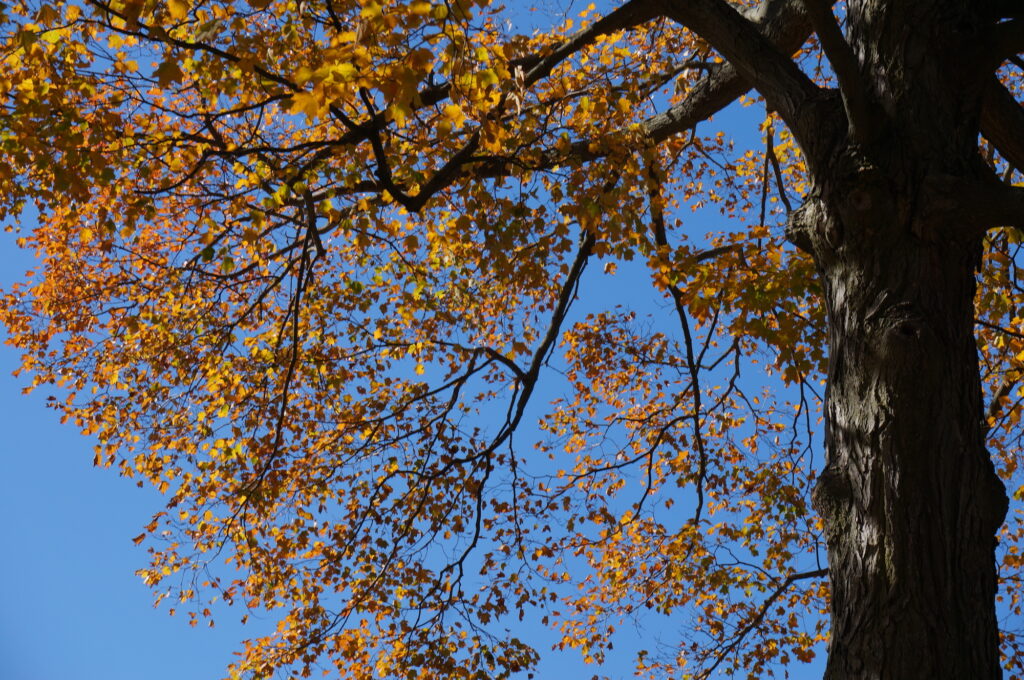
Choate is working to restore biodiversity to the main campus.
As classes intensify and the weeks begin to blur together, it is hard for many Choate students to take a second to appreciate plant and animal life on campus. From squirrels and snakes to dandelions and daffodils, Choate’s 458-acre campus is home to hundreds of different species to explore.
Biodiversity is important to the campus in ways beyond some students’ passing fascination with the bold campus squirrels. Ms. Lena Nicolai, a biology teacher and the GreenHouse Director at the Kohler Environmental Center, pointed out biodiversity’s three benefits on campus: functional purpose, aesthetics, and well-being. She explained that not only do the animals and plants help with fertilization and pollination, but having spaces to “participate and observe species interactions” is also crucial to our human health.
Many students agreed that the diversity of the Choate wildlife adds to the campus experience. “I love the sound of birds chirping around me and seeing ducks swim by in the pond,” said Jackson Haught ’24.
Lauren Hsu ’24 appreciated the curious creatures spotted around campus, a departure from her starkly urban hometown. “I love that there is so much more nature here at Choate compared to my hometown, Hong Kong, a city full of glass and concrete,” she said.
The biodiversity is especially evident at the Kohler Environmental Center (KEC). According to Mr. Joe Scanio, the director of the KEC, there are more natural landscapes and no synthetic fertilizer, pesticides, nor herbicides at the KEC. For this reason, the KEC attracts insects, birds, and other wildlife, creating a more biodiverse environment than the main campus.
“You can just hear the difference when you walk around the KEC,” said Mr. Scanio. “There are things that we don’t see in other parts of the campus because of the lack of biodiversity.”
KEC students also learn to protect biodiversity through their study of invasive species. Last year, one student researched ways to “commercialize the eating of invasive species.” Outside of the classroom, KEC students also work hands-on to protect biodiversity. They have removed invasive plants, such as barberry, silverberry, and multiflora rose, from the cross country course and studied how those plants affect the local perennials.
Rose Shen ’22, a prefect at the KEC who participated in the Environmental Immersion Program last year, expressed how grateful she is for being able to interact with the wildlife there. “We explore a specific location in the woods twice a week,” she explained. “And every time, I find something new.” However, she also noticed the lack of such biodiversity on the main campus and wished that more species could be brought there.
In order to restore nature to the main campus, Choate has been planting native species around academic buildings and maintaining the wooded parcels, such as those on the cross country course. With these recent restorative initiatives, maybe some day the students of the main campus will have the chance to experience the wide assortment of wildlife that can only be found at the KEC as of now.




